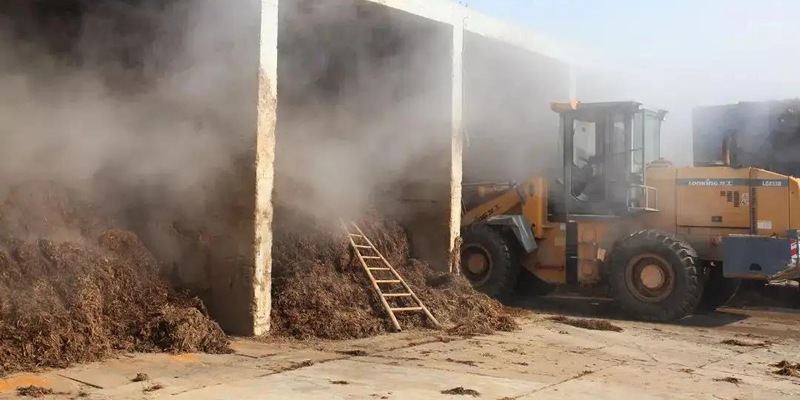Precautions in the edible fungus substrate mixing process

Every step in the production of edible fungi is interlinked and inseparable. Failure to pay attention to environmental sanitation and sterilization and pest control in any link will lead to the spread of miscellaneous bacteria and the harm of pests and diseases, resulting in reduced yield and even failure of cultivation. What problems should be paid attention to in the mixing process?
1. Raw material pre-wetting
Corn cob has strong water absorption, large water consumption, and bran absorbs more water than rice bran. These must be pre-wetted in advance, otherwise it is easy to be impervious to water and incomplete sterilization.
Since the base material is too dry and water absorbent, you can wear water shoes while stepping on it and water it, so that it can fully absorb and absorb water in a short time.
2. Stir well
Whether it is manual mixing, turning machine mixing, mixer mixing, etc., it must be ensured that the mixing is uniform. Substances with less content, such as sugar, gypsum, urea, superphosphate, lime, etc., should be dissolved in water first, and then mixed.
3. Avoid acidification
The mixing process should prevent acidification of the medium. The so-called acidification of the medium is the process of microbial fermentation, which leads to the reduction of nutrients in the medium. At the same time, the "toxin" produced by the fermentation has a great impact on the germination of liquid bacteria, and also has a certain impact on the germination of solid bacteria, resulting in rotten bacteria in the later stage. .
The fermented culture material is loose and elastic, slightly brownish, has no peculiar smell, is not sticky, and has a good texture. There are white actinomycetes visible to the naked eye on the scattered material pile, and a lot of heat is emitted.
4. Moisture content
The ratio of material to water is different for different culture materials. Therefore, when mixing materials, it is necessary to flexibly control the amount of water depending on the specific conditions of the culture material. The mix can be on the cement floor to prevent moisture loss.
Water content detection method: Hold the evenly mixed cultivation material with your hands, no water drips between your fingers, and the palms are wet after loosening, and then spread out after being thrown on the ground, indicating that the moisture in the cultivation material is suitable.
5. Clear the shed
In a mushroom shed that has been used continuously for many years, there are inevitably a considerable number of miscellaneous bacteria and pathogenic bacteria spores and pests in the shed. Therefore, it is very necessary to conduct thorough disinfection. It should be sprayed in carpet with professional chemicals, then sealed the mushroom shed, rolled up to draw the thatch drying shed, sealed again for a few days, and continued to seal the drying shed. After that, the bacteria can be put into the bag.

(1)(1).jpg)
 CONTACT
CONTACT